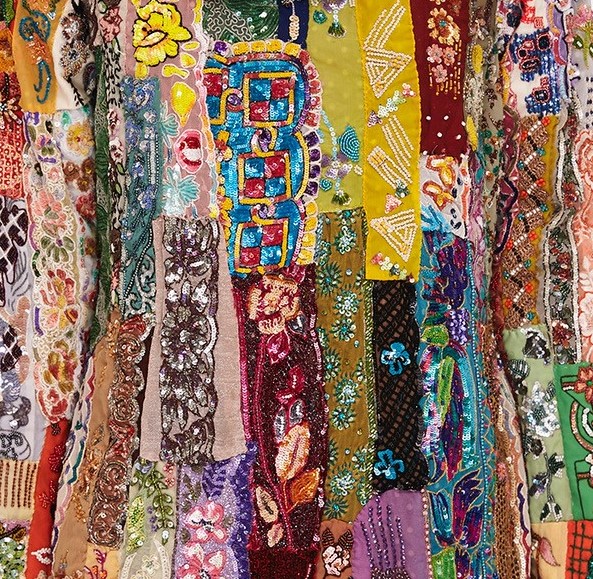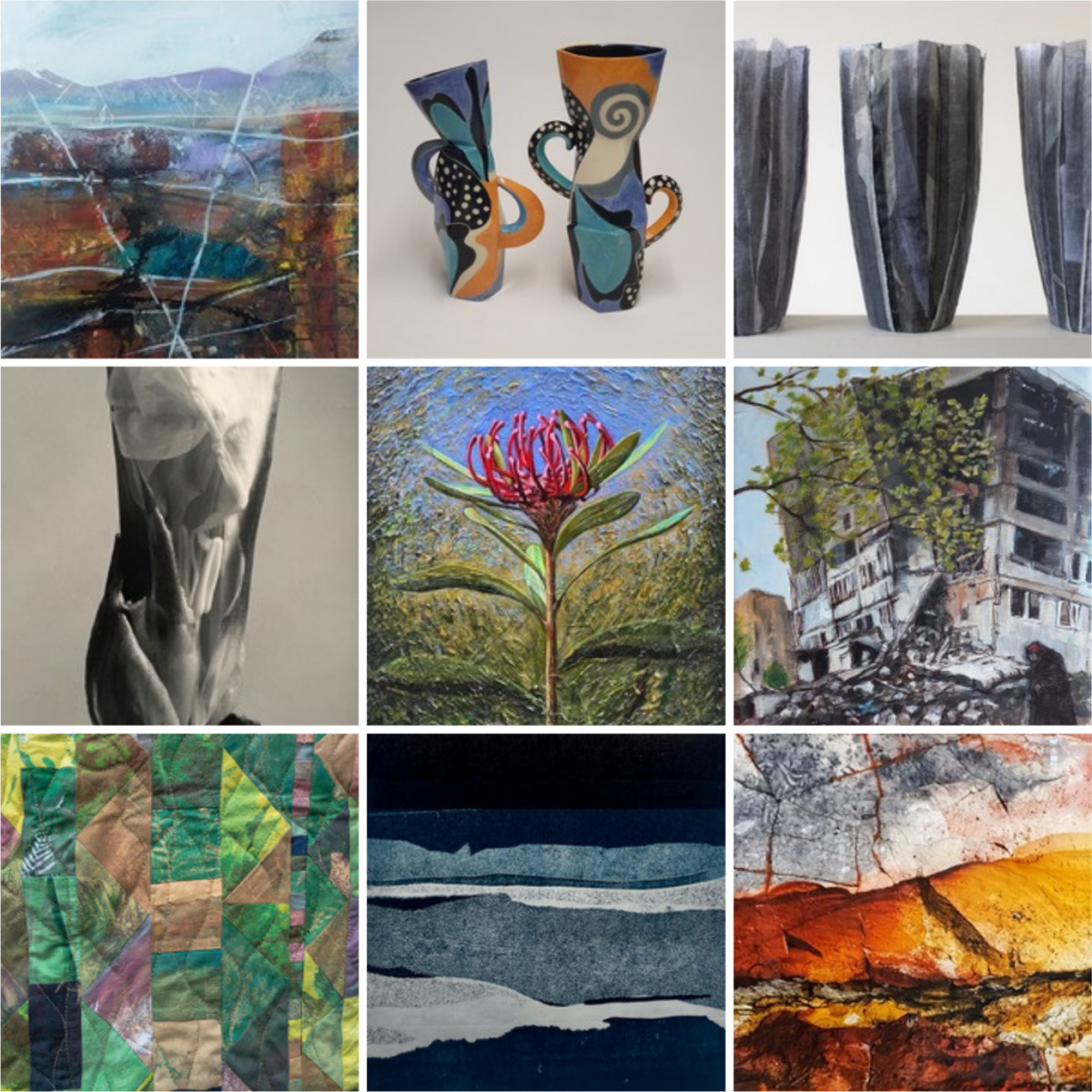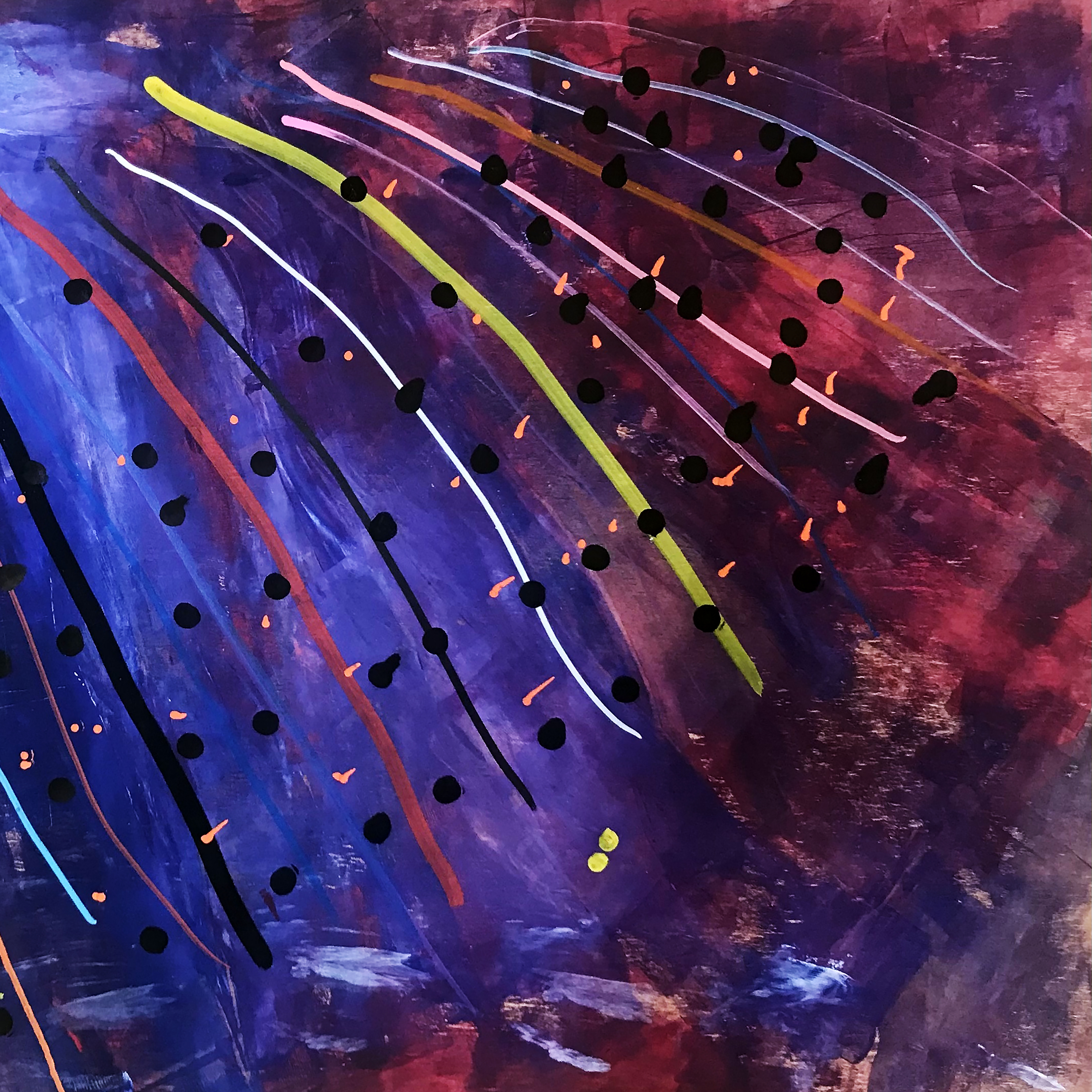Presented by JamFactory
12 January – 11 February, 2024
Contemporary textile design is a vibrant boundary-blurring creative field. By nature, it cross-pollinates. Moving through disciplines-graphic, furniture and product design, fashion and the visual arts-it manifests as surface patterning, material experimentation and transfiguration, storytelling and conceptual ideas.
In the context of our times-and years marked by many competing crises-creative work concerned with connection, authenticity and the trace of the hand has become all the more important. Australian textile-based practices are thriving. Collaborations in the fashion industry are on the increase. The visibility of First Nations creatives is also skyrocketing, partly due to the passionate vision of new enterprises and reinforced by the covetable designs being produced by Top End artists, remote art centres and collectives.
Eclectic and multidisciplinary, the creatives in this exhibition bring resourcefulness, reflection and spirited invention to the fore. New Exuberance celebrates them, and acknowledges the rich diversity of textile-based practices in art, design and fashion in this country today.
Meryl Ryan | Curator












